Over the course of a nonstop 33 hours in April, more than 200 jeans- and T-shirt-clad aspiring inventors took part in a mega “Hack the Home” challenge hosted by FirstBuild, GE’s microfactory in Louisville, Ky. The innovators tinkered with GE appliances and developed prototypes for new kitchen innovations, such as an oven equipped to roast coffee beans—the first-place entry.
Formed last year as a partnership between GE Appliances and Lighting, the University of Louisville, Local Motors, and other collaborators, FirstBuild and the April Hackathon stand in stark contrast to the closed research and development labs in many corporations, where professional, highly credentialed engineers toil in secret to produce next-generation products or business solutions.
As our colleagues Bruce Katz and Julie Wagner have documented in The Rise of Innovation Districts, corporations are recognizing that the closed, internal model of innovation is outdated. New methods and collaborations, such as those within the burgeoning “maker movement”—which combines artisan craftsmanship with 3-D printing and other modern technology—are drawing the attention of consumers and manufacturers alike. For instance, prior to launching FirstBuild, GE designed a traveling program, GE Garages, to connect makers to tools and workspaces, and joined forces with the website Quirky that caters to the emerging maker field.
These trends underscore findings from a recent Deloitte report that held up FirstBuild as a model for adapting to a changing competitive environment that disadvantages large firms, which have historically relied on scale for low-cost production but struggle to innovate and quickly bring new products with more complex value propositions to market. Meanwhile, small-scale makers are benefiting from lowered barriers to entry and customer preferences increasingly aligned with the makers’ disruptive “DIY” products and closer, more accessible relationships with consumers.
It is common for a corporation to encounter delays and roadblocks in the process of turning an innovative idea into a finished product. “FirstBuild is a way to reduce those thresholds so you don’t have to jump through so many barriers to get to market,” said Venkat Venkatakrishnan, director of research and development for GE Appliances and of FirstBuild.
FirstBuild is both a physical and global online community, and to participate makers can submit ideas, add to others’ ideas, or respond to FirstBuild “challenges” online, in addition to visiting the physical space to work on projects. Ideas are vetted each month and narrowed to five or six new projects. If participants develop a successful innovation, they share in the profits.
This approach has already produced a number of products, including a multifunctional induction cooktop with sophisticated temperature controls (it was launched through pre-production crowdfunding) and the “Louisville table,” crafted by FirstBuild’s “artist-in-residence” to promote the social aspects of cooking.
But beyond delivering better business for GE, FirstBuild also has the potential to deliver significant value for the region through its infusion of dynamic, innovative activity into the manufacturing ecosystem.
In FirstBuild’s space at the University of Louisville Belknap campus, engineering and graphic design students work side-by-side with GE engineers. Another partnership, with IDEAS Louisville, a local arts organization, brings art into the space and launched the artist-in-residence program. FirstBuild also regularly hosts community and student groups, such as a local robotics program.
“We partner with anybody who can leverage our space or bring fresh perspective,” Venkatakrishnan said.
FirstBuild is linked with the priorities of the Bluegrass Economic Advancement Movement (BEAM), a public-private initiative launched by Louisville Mayor Greg Fischer and Lexington Mayor Jim Gray, focused on improving the competitiveness of the region’s manufacturing sector.
Regional leaders are understandably excited about FirstBuild’s potential to stimulate the region’s entrepreneurial ecosystem by providing a collaboration space for innovative workers, building excitement around manufacturing, and legitimizing the maker movement regionally.
“There’s now a much larger group of people who support and understand that tech and hardware are things that their kids might take an interest in,” said Ted Smith, chief of civic innovation at Louisville Metro Government.
The initiative featured here emerged from work supported by the Brookings-Rockefeller Project on State and Metropolitan Innovation. Brookings recognizes that the value it provides is in its absolute commitment to quality, independence, and impact. Activities supported by its donors reflect this commitment and the analysis and recommendations are solely determined by the scholar.

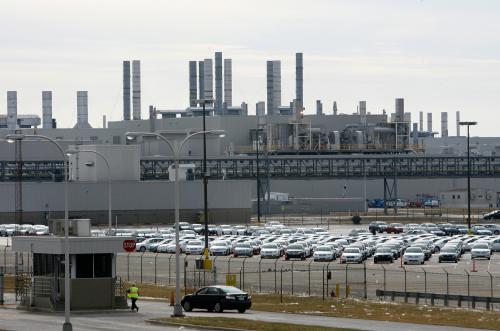
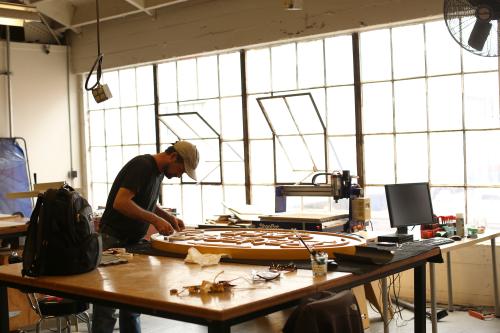
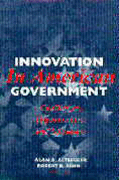
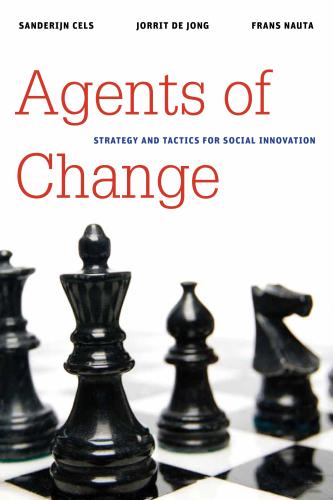
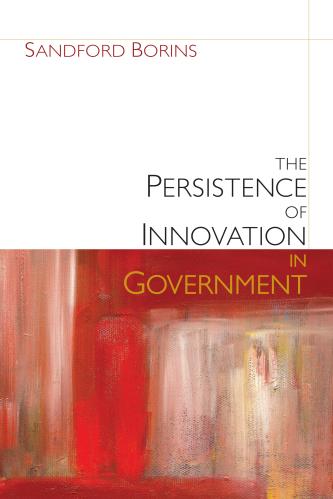
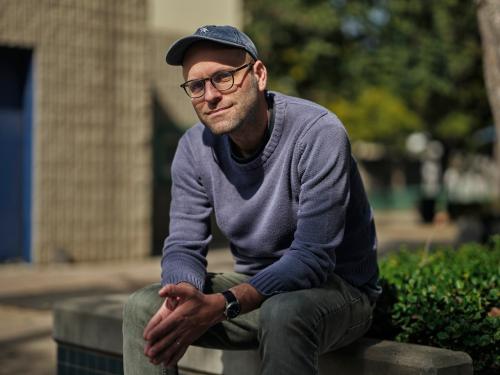


Commentary
FirstBuild: When corporations and entrepreneurs collaborate
May 20, 2015